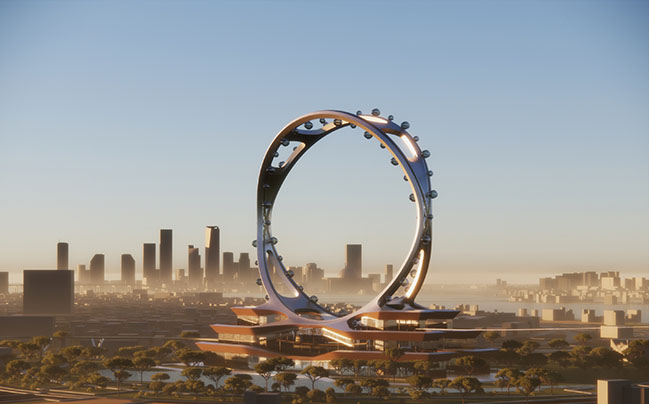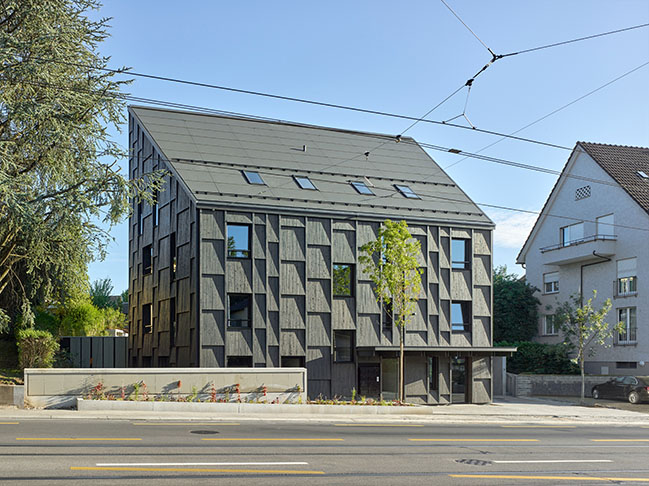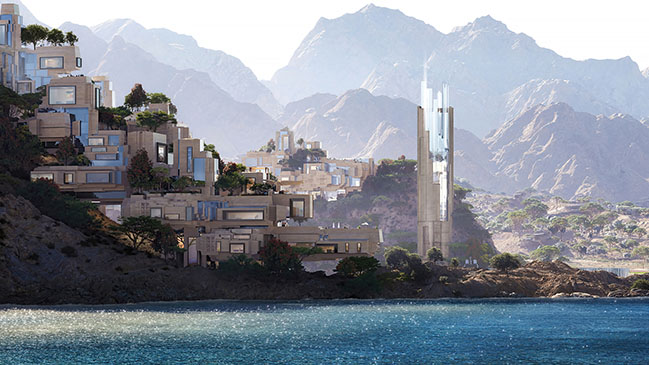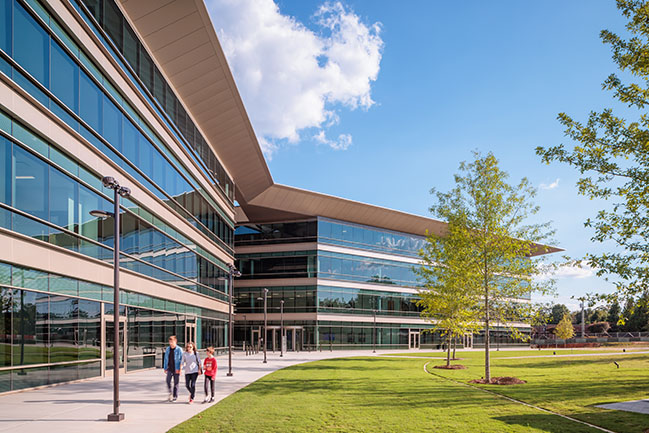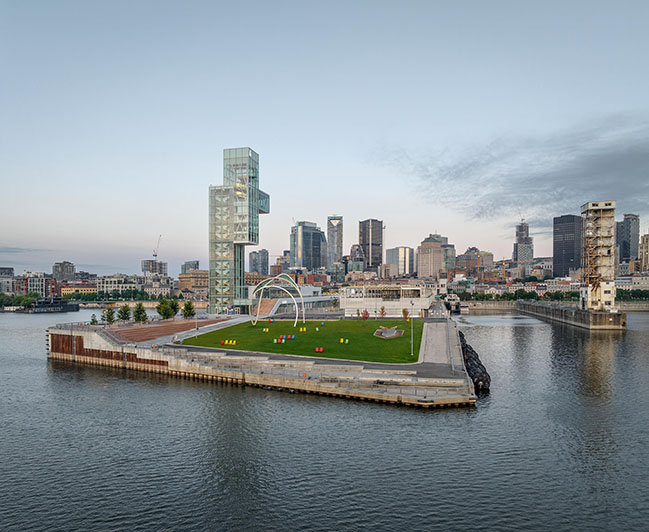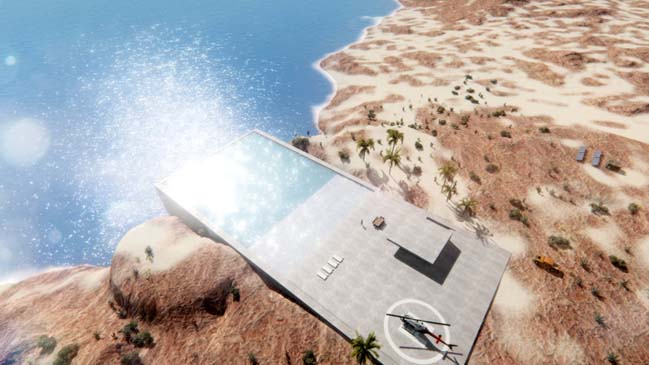02 / 08
2024
MAD Architects has completed Jiaxing Train Station, the firm’s first transportation infrastructure reconstruction and expansion project...
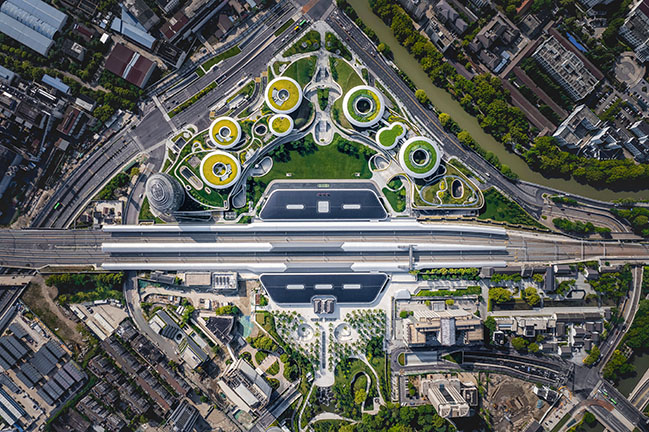
© AC
> MAD Architects Unveils Nanhai Art Center | A Gentle Ripple by the Lake
> MAD Architects Reveals New Design for Anji Culture and Art Center
From the architect: Located at the center of Jiaxing, a historic city 100 kilometers southwest of Shanghai, the project replaces a dysfunctional train station that had stood at the site between 1995 and 2019.
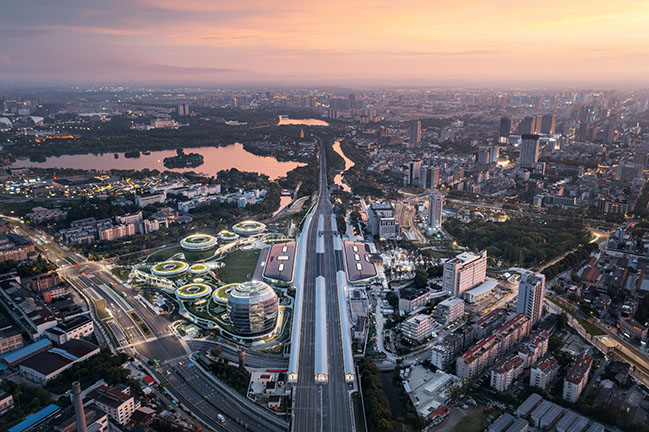
© CreatAR Images
As the urbanization of China in recent years has recently developed, so too has the hardware and technology development related to transportation infrastructure. The corresponding transportation facilities buildings, such as railway stations and new airports, however, have not improved their spatial and architectural qualities at the same rate. Train stations have instead grown far beyond the human scale, standing like imposing palaces in Chinese city centers surrounded by wide main roads, viaducts, and vast empty squares.
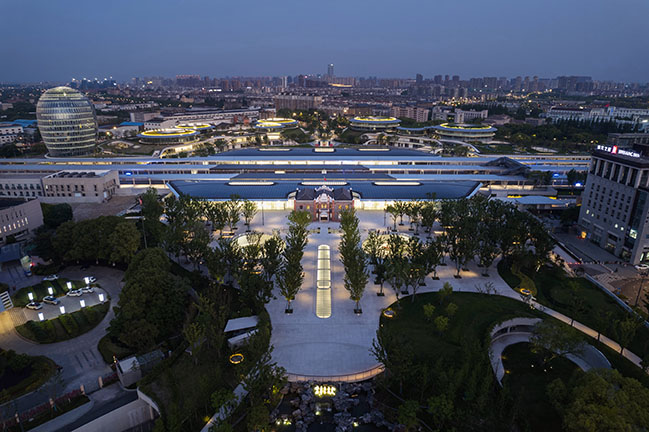
© AC
In response to this common trend, MAD founding partner Ma Yansong advised that “we should rethink and redefine the spatial patterns of such transportation infrastructure buildings in China. We can break away from the common pursuit of grandiose monumental buildings and make them urban public spaces with transport functions, natural ecology and cultural life, where citizens are happy to go, stay, meet, and enjoy.”
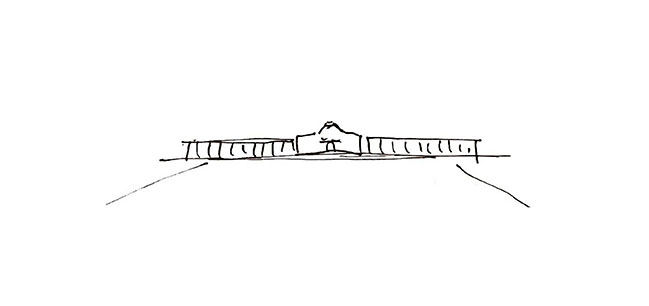
A new sunken train station designed with a human scale
Jiaxing Train Station was first built in 1907 and was destroyed over half a century ago. The station that was constructed in 1995 to replace the original station had an area of only 4,000 square meters and was equipped with outdated passenger facilities unsuitable for a rapidly expanding city.
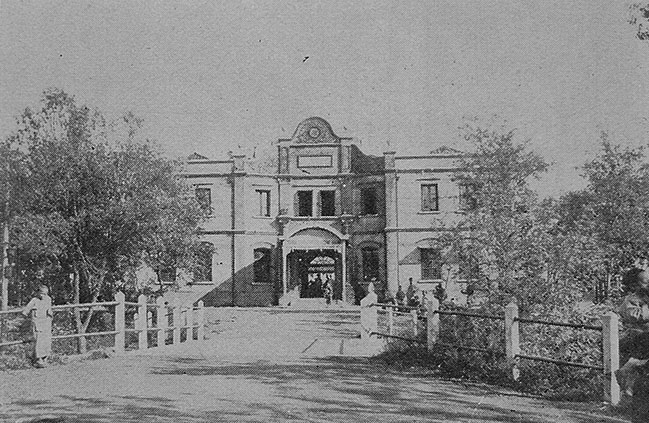
Jiaxing Train Station in 1909
MAD’s design breaks away from the usual pursuit of monumental transportation structures with a full-scale recreation of the original 1907 station, as well as a “floating” metal roof lofted above the expanded site equipped with solar panels that power the station. To pay tribute to the city’s history, architectural experts and scholars analyzed a large amount of historical data (much of which was located in the Jiaxing City Archives) to accurately reconstruct the old station house. The approximately 210,000 red and green bricks of the reconstructed station house are made of mud sourced from the nearby South Lake and other locally sourced materials.
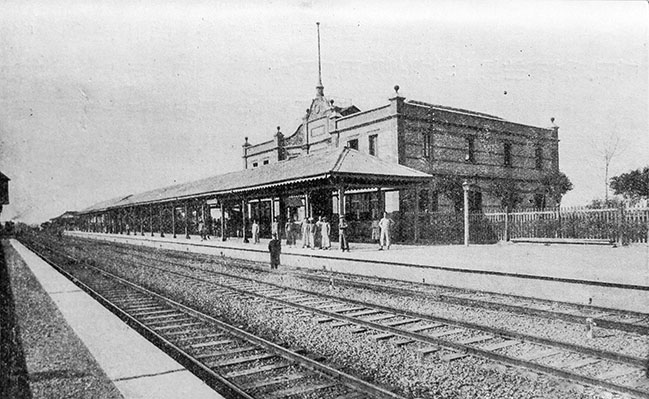
Jiaxing Train Station in 1921
MAD envisioned a new station that would be both more humane and efficient than its predecessor. The overall design of the interior maintains a dialogue with the recreated 1907 station through a glass facade that clearly expresses the height difference of the two structures from the entrance. The minimalist interior is clad with anodized aluminum honeycomb panels in the waiting hall, ceiling, and tunnel walls that absorb excess noise, and is lit by flood lights rather than the usual top lighting. The exhaust vents, broadcasting system, and underpass light strips are all subtly embedded into the walls.
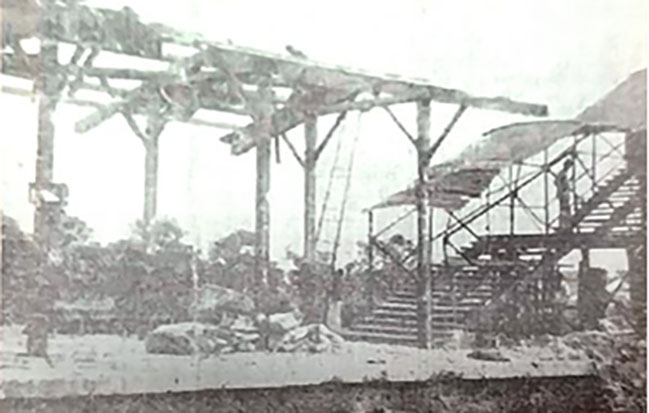
Jiaxing Train Station in 1937
The new station building’s entry and exit platforms, waiting halls (major transport and commercial functions) are almost entirely taken underground, thus breaking with traditional concepts and giving birth to the “train station in the forest” design. The renovated railway station has been expanded from three platforms and five lines to three platforms and six lines, with two arrival and departure lines on each of the upstream and downstream main lines. It is expected that by 2025, the full passenger capacity will reach 5.28 million people/year, with an hourly capacity of about 2,500 people at the peak of passenger traffic.
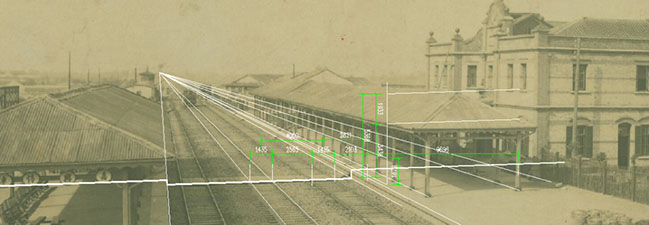
Jiaxing Train Station digital remastering
A variety of transport modes have been reorganized underground to efficiently interconnect throughout the entire system. The original traffic hub in front of the station has additionally been moved underground to connect with the sunken city roads to ensure convenient travel for citizens and tourists, as well as to meet the passenger demand generated by the creation of new commercial functions across the southern portion of the site.
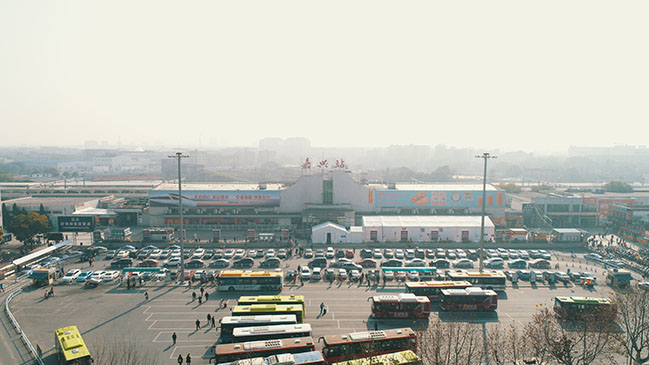
Jiaxing Train Station - Old station
An urban oasis for citizens
By placing the busy transport hub underground, MAD's design connects to and expands an existing park. Over 1,500 trees, including beech, camphor, osmanthus, maple, sebifera, sequoia, and cherry blossom were planted across the site. The spiritual axis, which contains the recreated 1907 building, is marked with beech trees that, when fully formed, will create a canopy across the entire north square in front of the station.
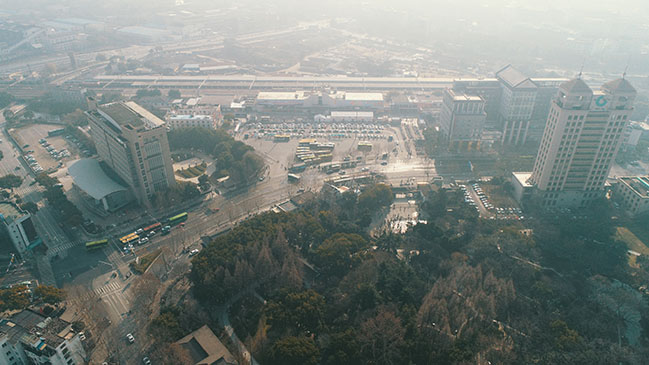
Jiaxing Train Station - Old station
The south square contains seven buildings with different functions for culture and commerce, as well as a central lawn of about one hectare that are together shaped like rolling green hills. These functional spaces, scattered above and below the hills, appear as floating rings above the earth, while the center lawn will become a venue for outdoor events such as concerts and art festivals.
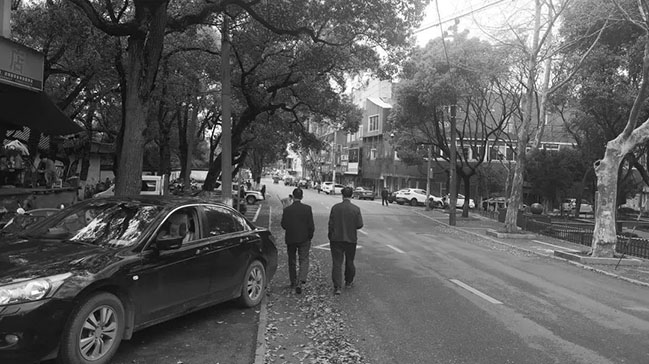
Jiaxing Train Station - Old cityscape
MAD’s design prioritizes the emotional and spiritual needs of citizens, brings in natural landscapes, and integrates urban spaces and building volumes into nature. Through careful traffic planning and employing a vertical use of space, MAD’s scheme meets the station’s existing passenger demand while leaving room for future sustainable development and expansion. The emphasis on connectivity with the surrounding environment will also help to increase its use among the local residents by enhancing the social attributes of the district and ultimately injecting new life into the old city center. MAD foresees the project as a model for urban revitalization for Chinese cities undergoing major infrastructural development.
VIEW MORE: MAD unveils Jiaxing's Train Station in the Forest
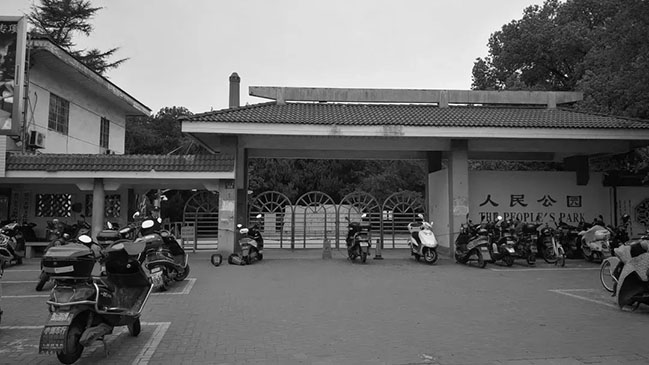
Jiaxing Train Station - Old cityscape
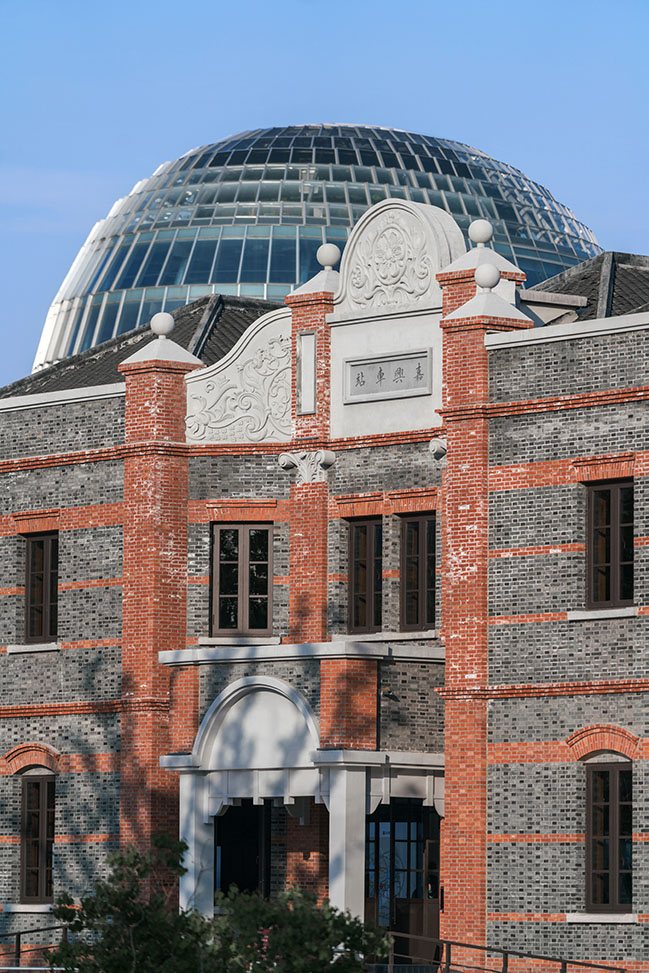
© AC
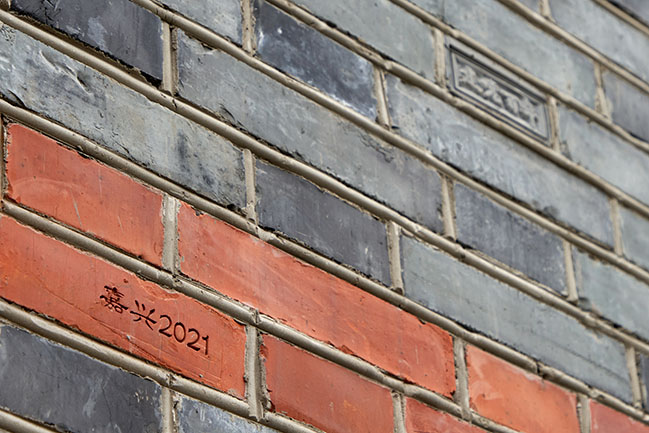
© Aogvision
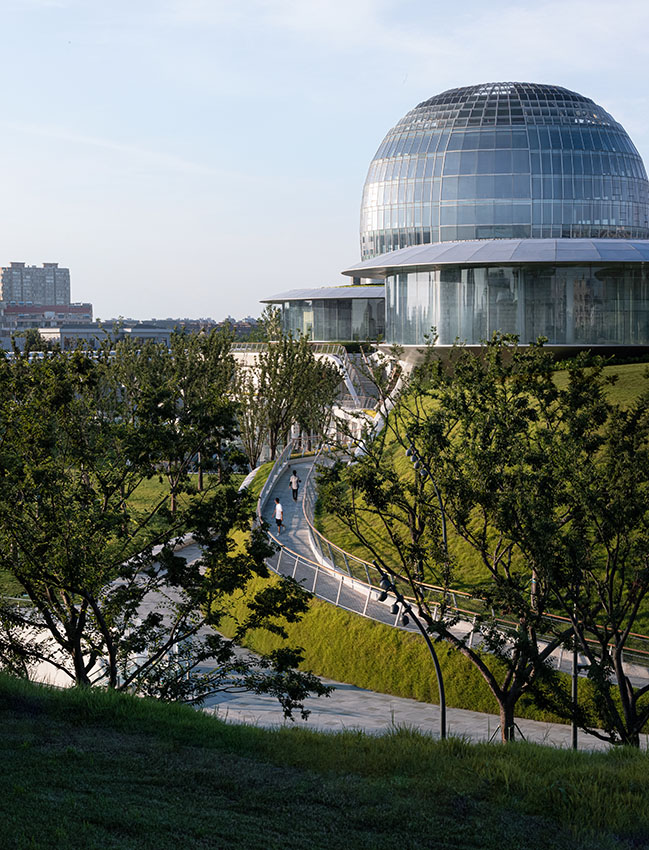
© Su Shengliang
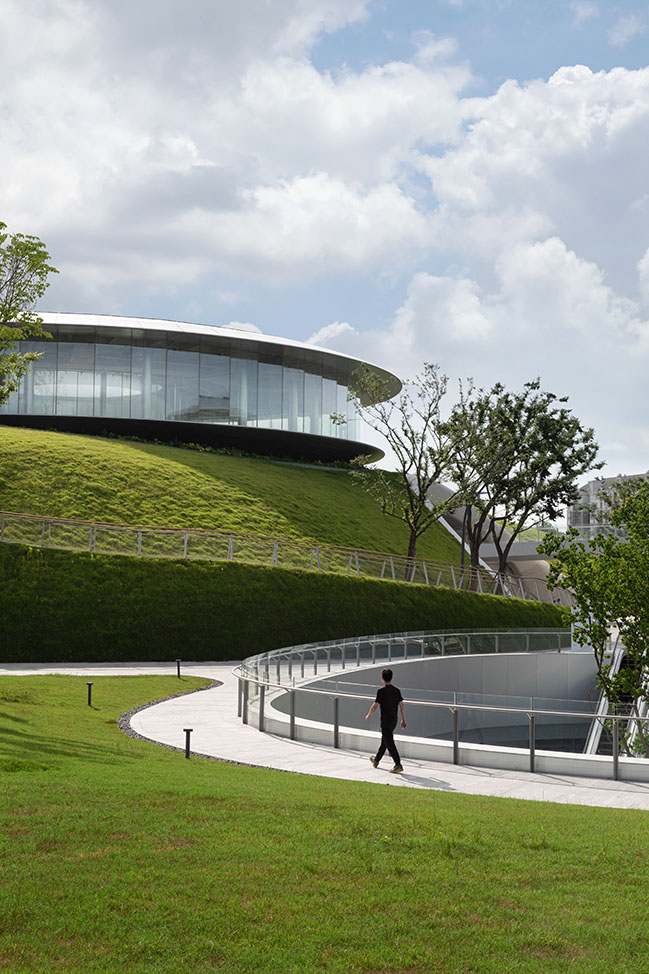
© Su Shengliang
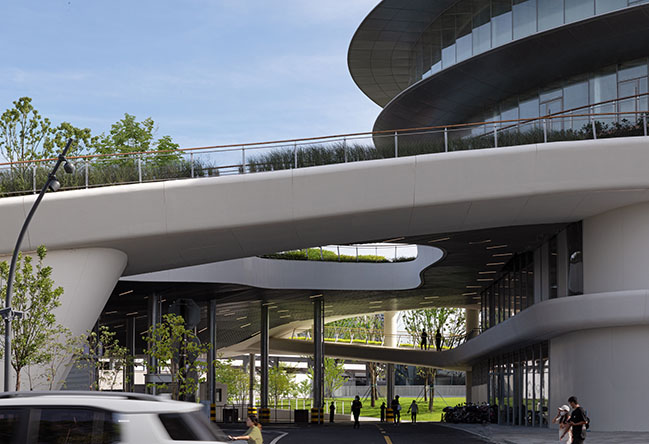
© Su Shengliang
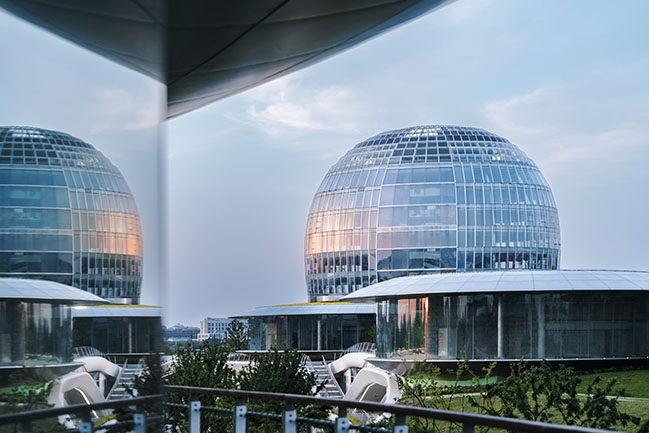
© AC
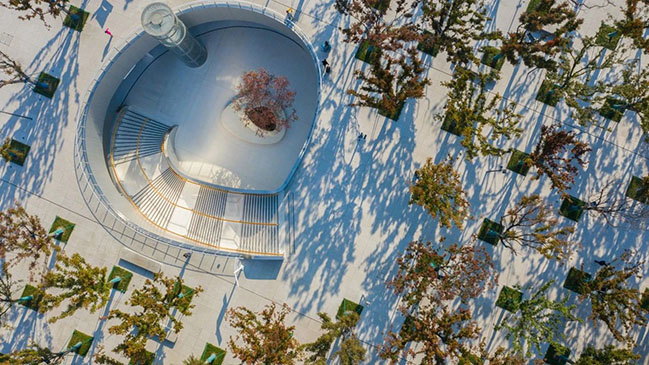
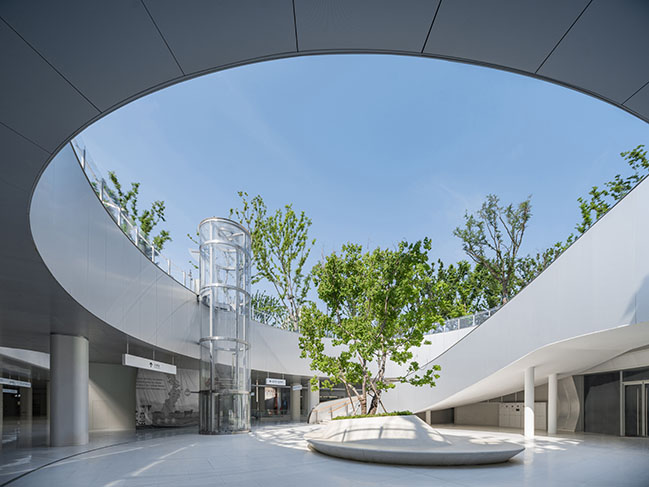
© AC
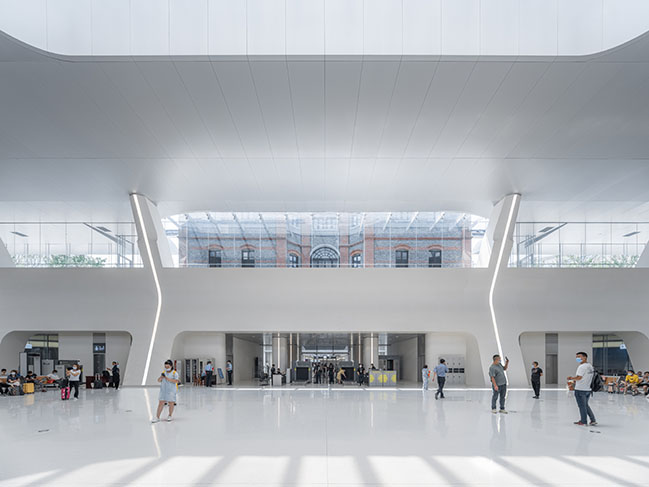
© CreatAR Images
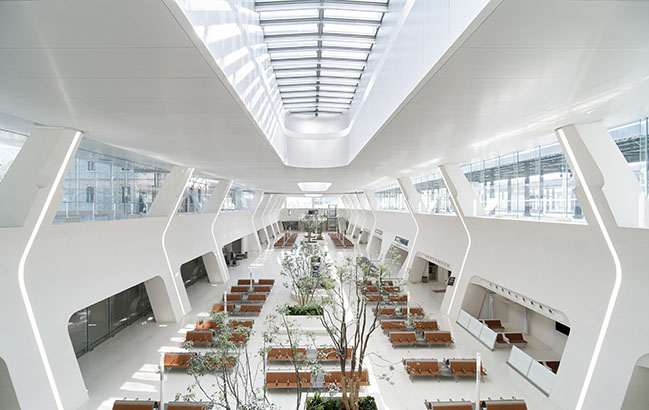
© Aogvision
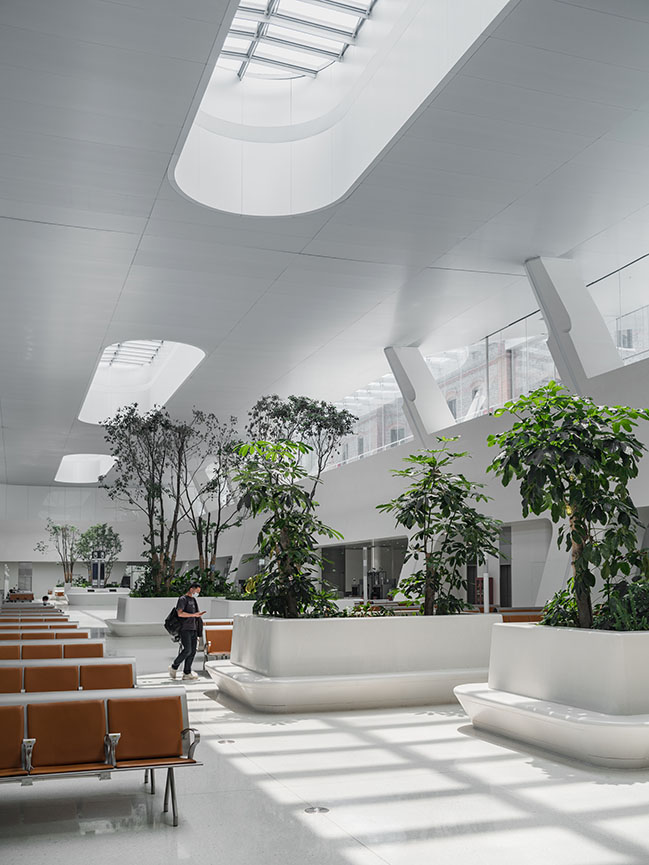
© AC
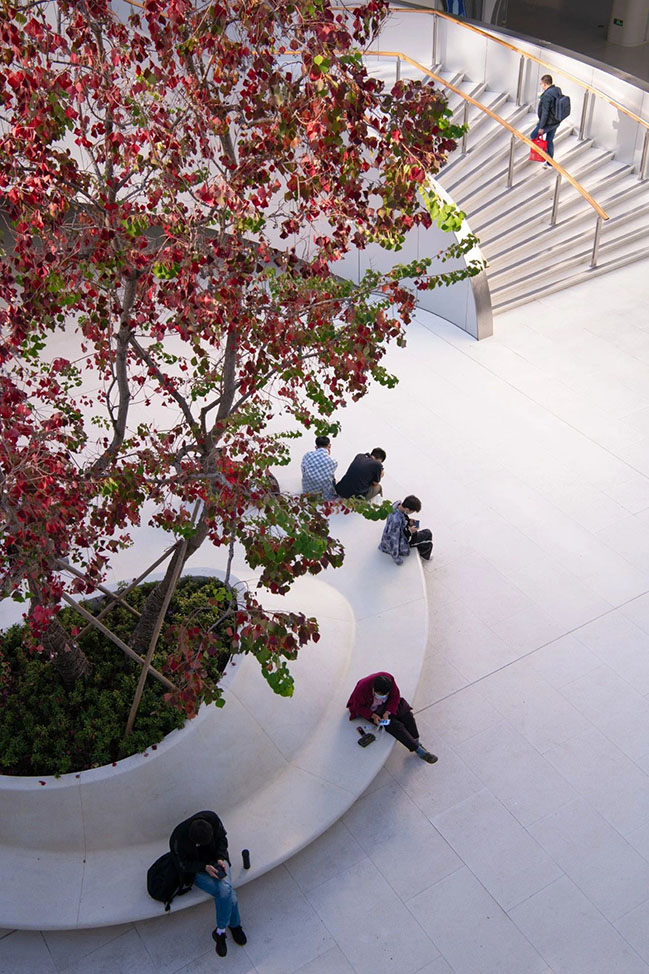
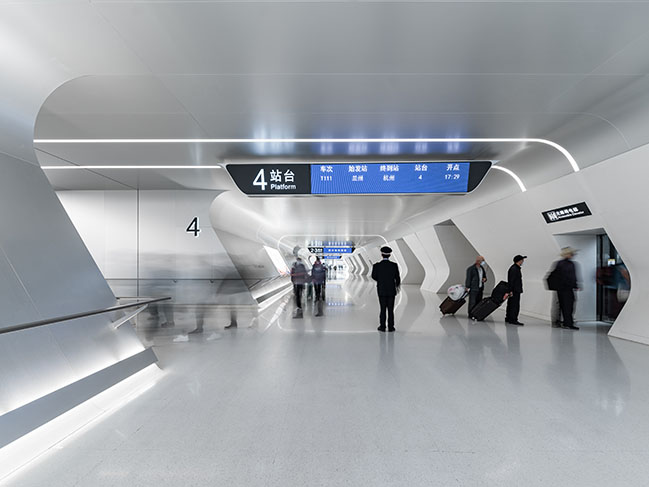
© AC
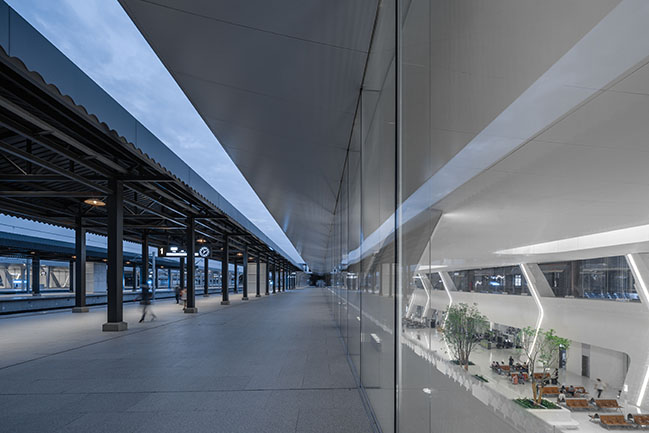
© CreatAR Images
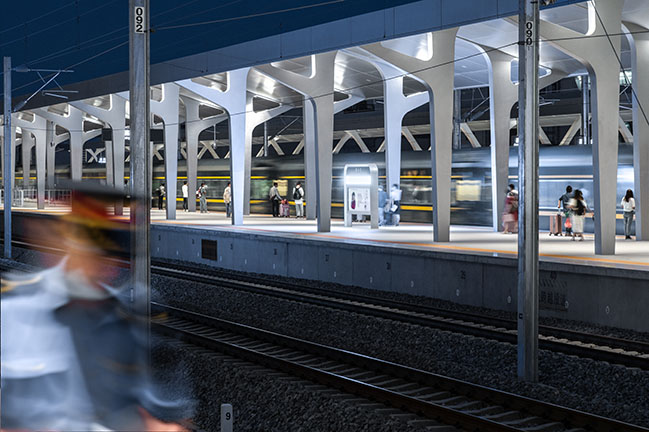
© CreatAR Images
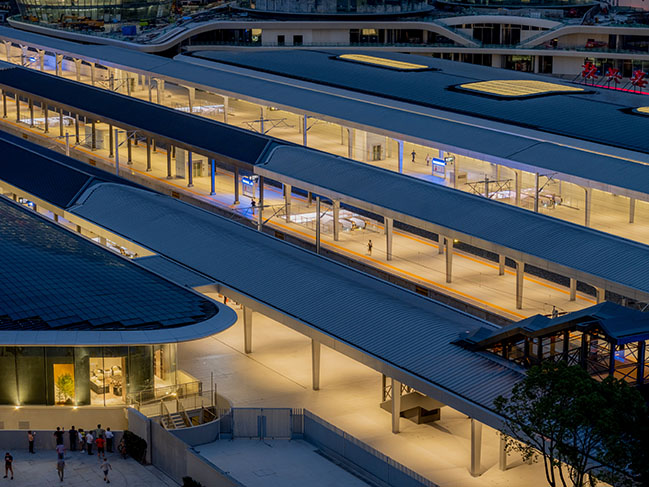
© ArchExist
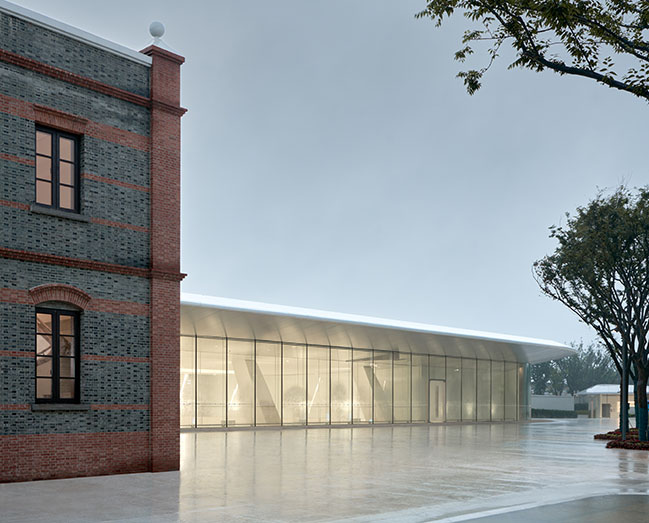
© Aogvision
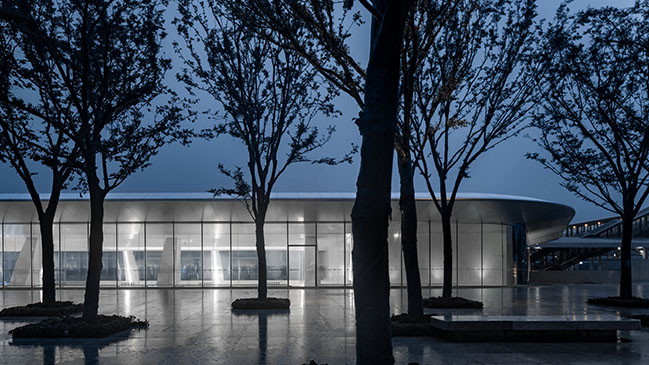
© CreatAR Images
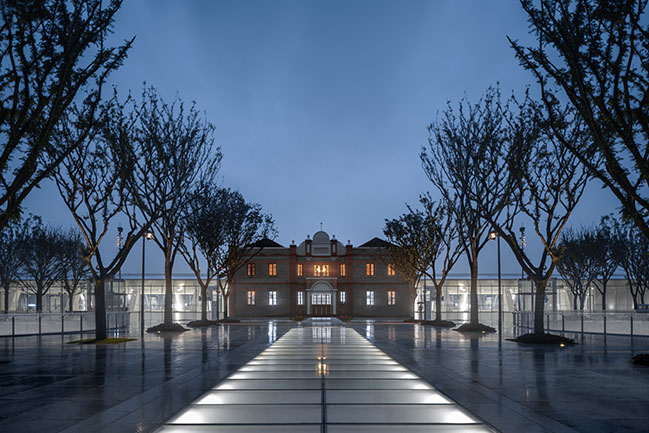
© CreatAR Images
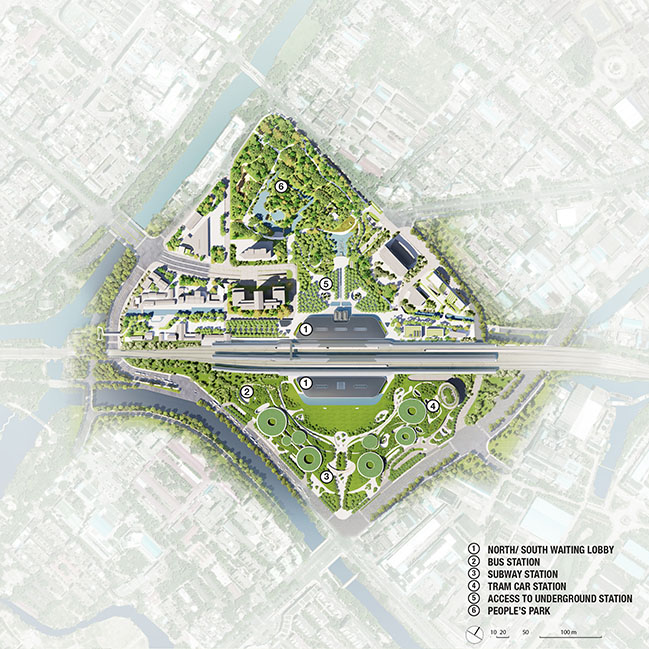
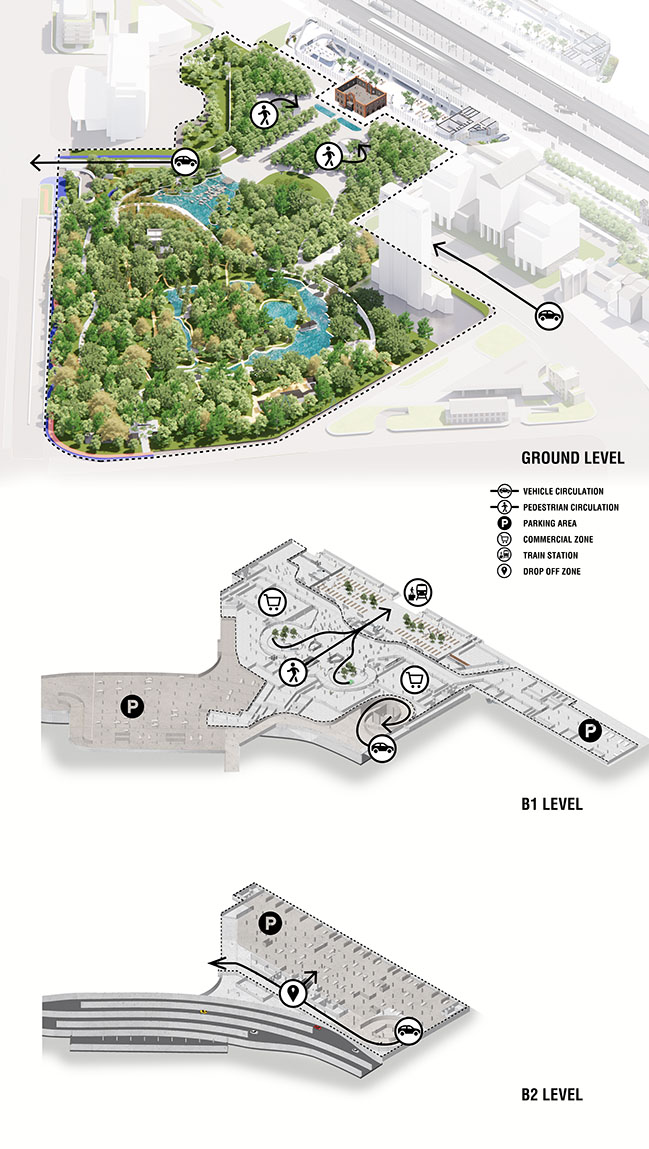
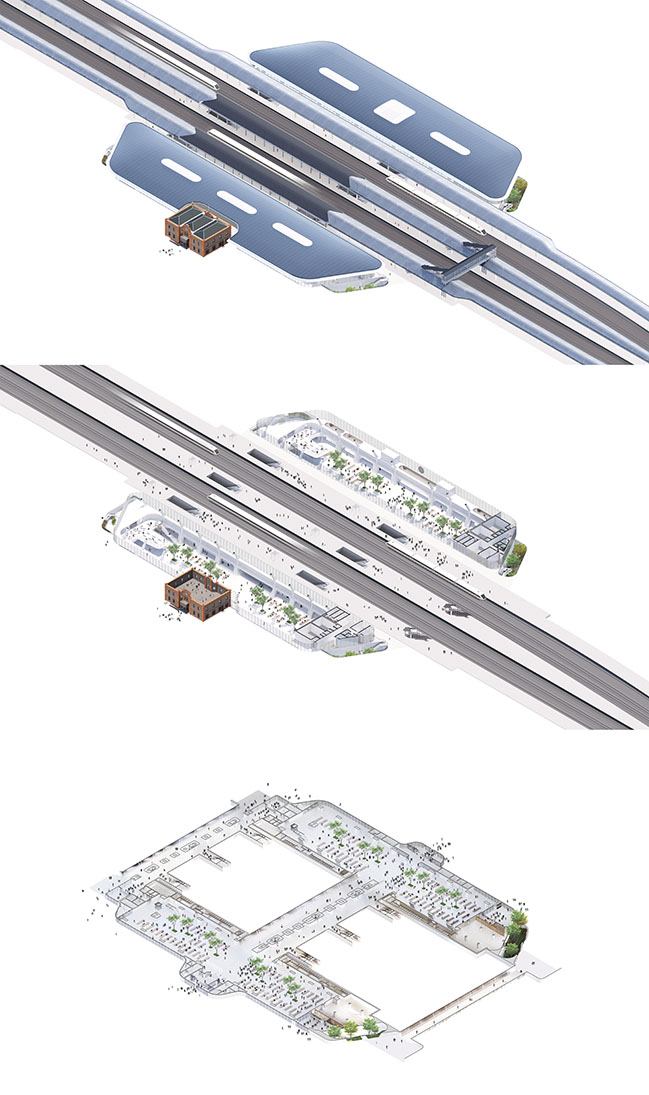
MAD Completes the Train Station in the Forest
02 / 08 / 2024 MAD Architects has completed Jiaxing Train Station, the firm's first transportation infrastructure reconstruction and expansion project...
You might also like:
Recommended post: Luxury house with a huge swimming pool on rooftop

